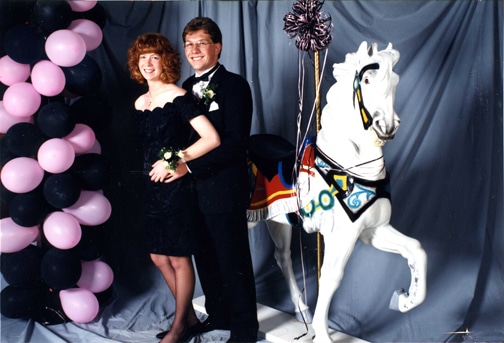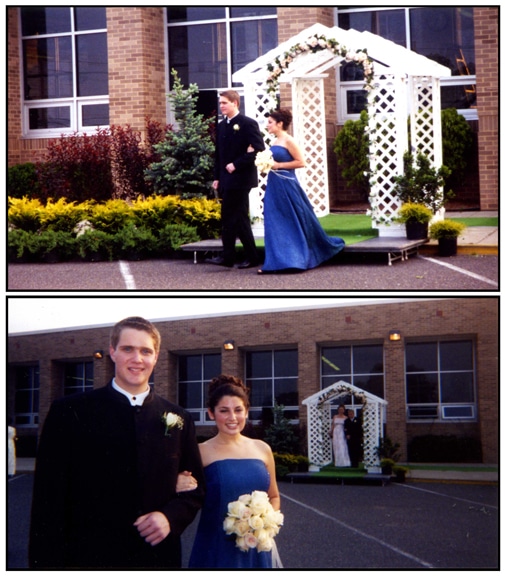 I snagged my prom dress off the Macy’s sale rack for $26. What was wrong with that? Nothing, I suppose—until my mother discovered that I’d mentioned it in an interview with the local newspaper. Apparently, I should have kept my mouth shut when told that I looked like a million bucks. But whether you were a prom penny pincher like me or a big spender, your prom mementoes and memories belong here at Strong National Museum of Play.
I snagged my prom dress off the Macy’s sale rack for $26. What was wrong with that? Nothing, I suppose—until my mother discovered that I’d mentioned it in an interview with the local newspaper. Apparently, I should have kept my mouth shut when told that I looked like a million bucks. But whether you were a prom penny pincher like me or a big spender, your prom mementoes and memories belong here at Strong National Museum of Play.
For many of us, proms are landmark events from our adolescent years. Proms serve as a bridge between youth and adulthood. Kids often role-play to imitate and explore adult society. While they might not admit it, teenage prom-goers are doing something similar as they dress up in adult clothes and try on “grown-up” roles in this high school rite of passage.
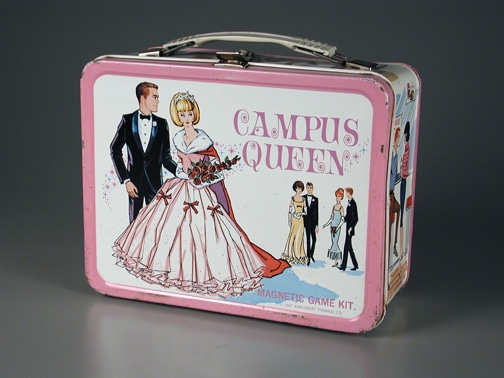 Modern proms evolved from upper-class debutante balls of the 1800s. By the early twentieth century, colleges and high schools regularly held semi-formal banquets for their graduating classes. Proms of the 1950s, however, more closely resembled today’s affairs. Girls wore dresses with full skirts, high heels, and gloves. Many boys wore white sport coats. This 1967 lunch box illustrates the event’s increasing opulence, with students granting their most beautiful and popular classmate the title of “queen.”
Modern proms evolved from upper-class debutante balls of the 1800s. By the early twentieth century, colleges and high schools regularly held semi-formal banquets for their graduating classes. Proms of the 1950s, however, more closely resembled today’s affairs. Girls wore dresses with full skirts, high heels, and gloves. Many boys wore white sport coats. This 1967 lunch box illustrates the event’s increasing opulence, with students granting their most beautiful and popular classmate the title of “queen.” 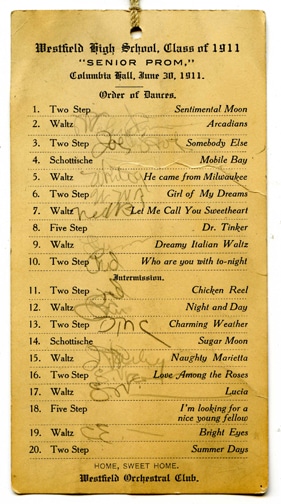
The word “prom” is a shortened version of “promenade,” the type of procession we often associate with Hollywood celebrities strolling down a red carpet. My high school hosted such an event prior to our dinner-dance at a Philadelphia hotel. A faculty emcee announced guests’ names as we passed under an archway to pose for family and friends. (See this video of a high school promenade from 1987.) This was an important event for our loved ones, who anticipated the sadness of letting us go—literally and symbolically—as we climbed into limos and made our way off campus.
Many adolescents feel glamorous, mature, and independent for an evening when they attend their prom (the awkwardness is best viewed in hindsight). It may be their first chance to wear gowns and tuxedos, an incentive to practice etiquette in a formal setting, and a rare opportunity to court potential 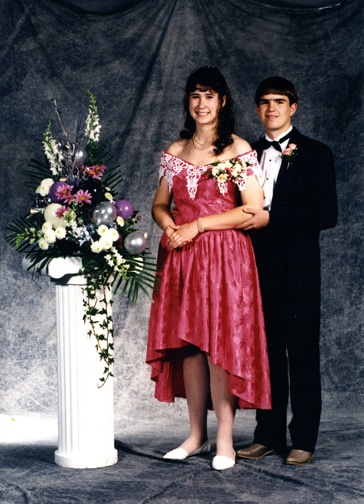 partners without parental supervision. Prom perfectionists have probably always been prone to anxiety—though maybe with good reason since you’re likely to have your fashion choices, hairstyle, and date immortalized in photographs. This photo from the museum’s collection is one such souvenir. It shows Churchville-Chili High School students Melissa and Steven at their senior ball in 1993. After the dance, Melissa, Steven, and their friends showed off their formal wear around Rochester, visiting Perkins Restaurant, Wegmans, High Falls, Manhattan Square Park, and Churchville Park.
partners without parental supervision. Prom perfectionists have probably always been prone to anxiety—though maybe with good reason since you’re likely to have your fashion choices, hairstyle, and date immortalized in photographs. This photo from the museum’s collection is one such souvenir. It shows Churchville-Chili High School students Melissa and Steven at their senior ball in 1993. After the dance, Melissa, Steven, and their friends showed off their formal wear around Rochester, visiting Perkins Restaurant, Wegmans, High Falls, Manhattan Square Park, and Churchville Park.
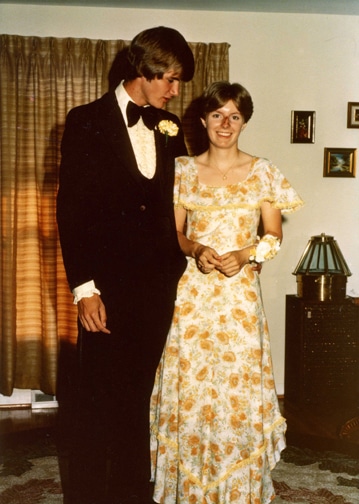 Since at least the 1980s, the post-prom celebration has been just as important as the dance itself. New Jersey prom traditions practically required my friends and me to visit a diner for some greasy food after the dance. I fulfilled a lifelong dream when I slid into that booth, crinoline and all. After a satisfying meal, I headed to a friend’s house, plucked dozens of bobby pins from my hair, and stole a few hours of sleep before heading for a day at the beach.
Since at least the 1980s, the post-prom celebration has been just as important as the dance itself. New Jersey prom traditions practically required my friends and me to visit a diner for some greasy food after the dance. I fulfilled a lifelong dream when I slid into that booth, crinoline and all. After a satisfying meal, I headed to a friend’s house, plucked dozens of bobby pins from my hair, and stole a few hours of sleep before heading for a day at the beach.
I got to thinking more about proms when scholar Steven Mintz visited Strong National Museum of Play last month to deliver a public lecture on the history of childhood. Mintz recently told the New York Times that in tough economic times, some families have continued to spend money on the prom to avoid revealing their financial hardship. Did a member of your family attend the prom during the Great Depression or this recession? Has your family made sacrifices to make someone’s prom night possible? 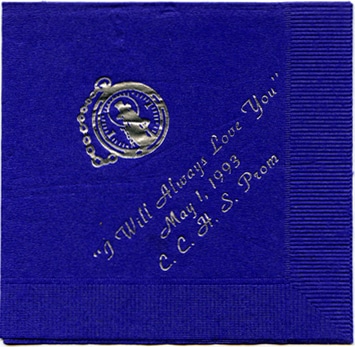
If you have memories, horror stories, photographs (embarrassing or otherwise), or other prom paraphernalia to share with us, we’d like to hear from you. How did you choose your outfit? What was your prom theme? Would anyone care to share the male perspective on this milestone event? And of course, if you’re still preparing to attend your prom, please be safe and remember to save a souvenir for the museum!




